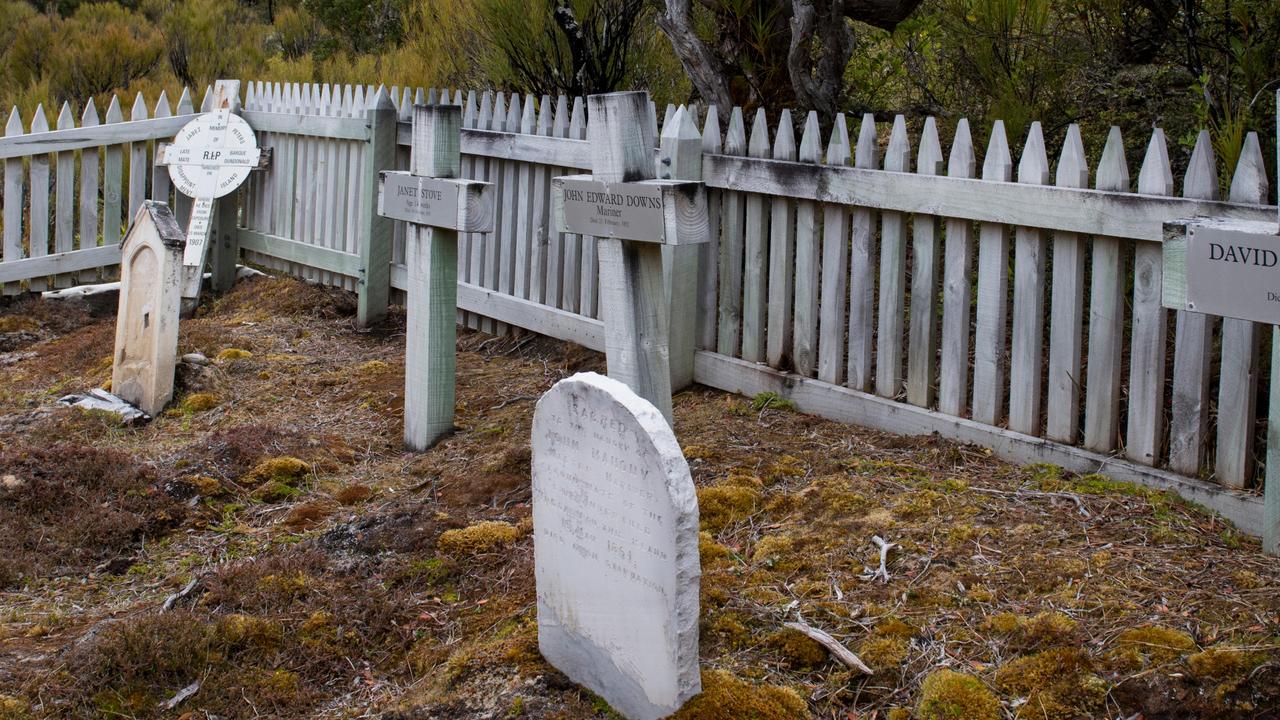Victorian business insolvencies hit 90 for May as lockdown toll yet to be revealed
The latest figures reveal the toll of businesses closing, including a once thriving high-end salon in Melbourne’s CBD. FULL LIST

Business
Don't miss out on the headlines from Business. Followed categories will be added to My News.
Victoria’s business bust is expected to worsen after 90 insolvencies were recorded in May.
The tally, from ASIC data, was dominated by small and medium enterprises and comes after 88 businesses shut their doors in the state in April.
Despite the red hot housing market construction businesses featured heavily. Timber flooring firm The Diesel Group, that claimed to have worked on some of Melbourne’s finest homes, entered liquidation in May while hospitality and tourism operators also continuing to crop up in the data.
The data also captured the winding up of several businesses which had been shut for some time, including the Bourke Street site of hairdresser Mad Lillies.
Run by renowned hairdresser Lee Caruso, the salon closed after a franchise dispute, with the shell of the business now being liquidated. Caruso, who operated Mad Lillies salons in London, then moved to Melbourne in 2004 coming to run another award-winning salon in the CBD before then relaunching as Mad Lillies in 2019.
He has now moved to Ireland after a partnership franchise dispute with saw him locked out of the Bourke St premises, according to liquidators

May also claimed Melbourne open data tech company Data Republic, which slipped into administration after failing to pick up funding to continue operations.
McGrathNichol administrators are seeking to sell the business, with almost 10 interested parties progressing through to the data room stage in a signal the business will likely be snapped up.
Equifax head of product Brad Walters said insolvency figures were starting to reveal the effects of shake-out of the JobKeeper program as retail and hospitality business numbers grew.
“No surprise to anyone they were two sectors that were significant beneficiaries of the JobKeeper program,” he said.
“With that expiry we’ll continue to see a reversion to arguably what would have been normal trading conditions.”
Mr Walters said despite the booming construction market several sections of the industry remained depressed which was contributing to the continued high numbers cropping up in insolvency data.
“You’ve seen a real strong growth in the low rise but on the medium to high rise we’ve seen a contraction,” he said.
Mr Walters said it was too soon to call sectoral movements in the data but Equifax was now seeing a closing of the bankruptcy gap between the lows of 2020 and the higher levels in 2019.
“We’ve continued to see creditor wind ups getting higher and higher,” he said.



